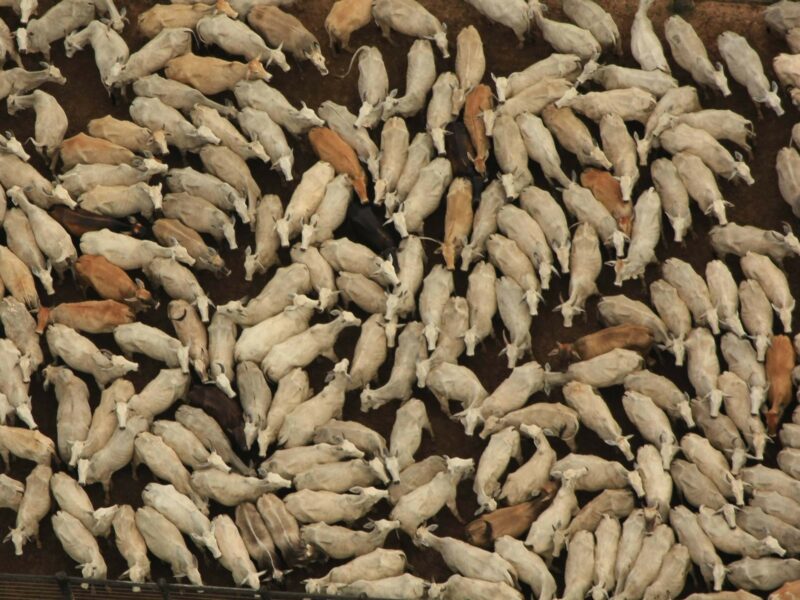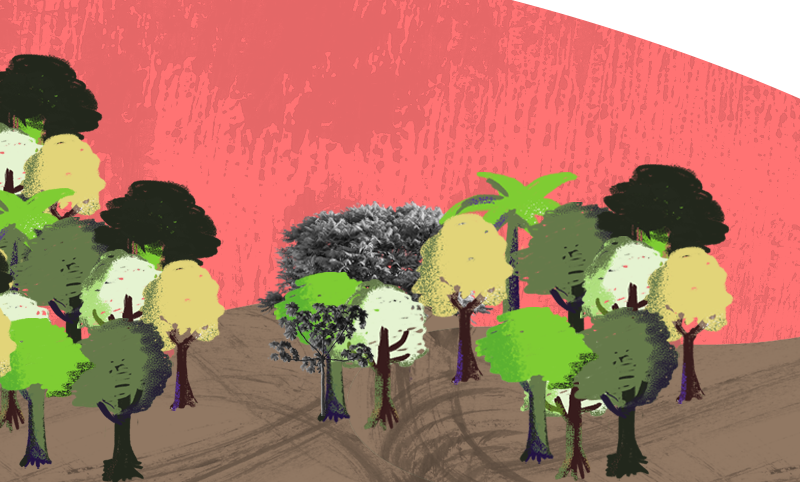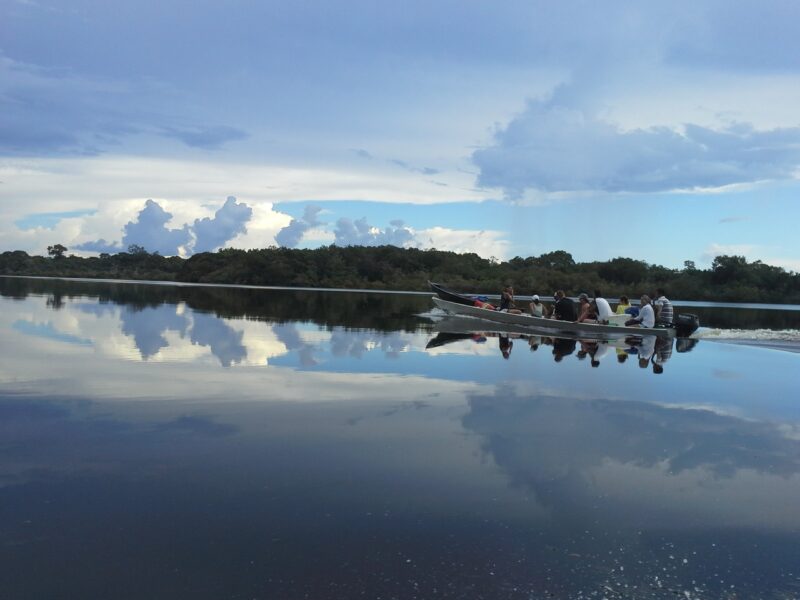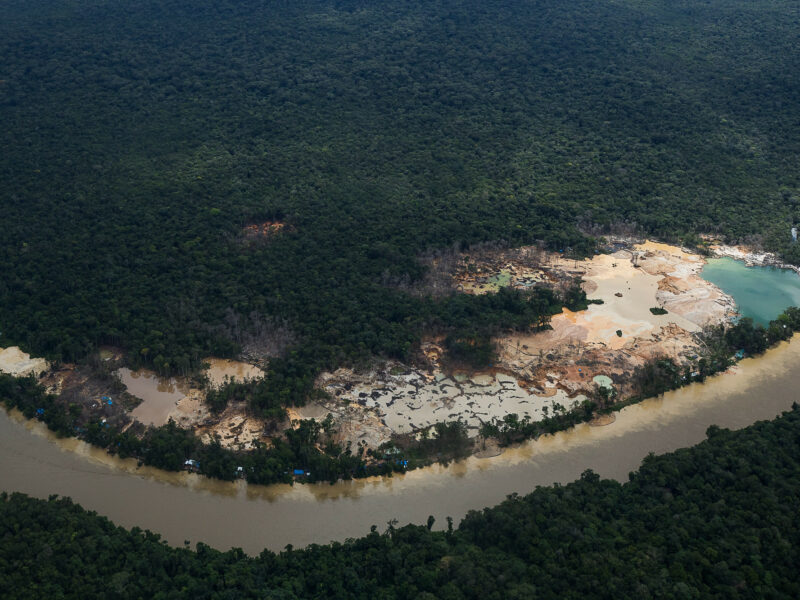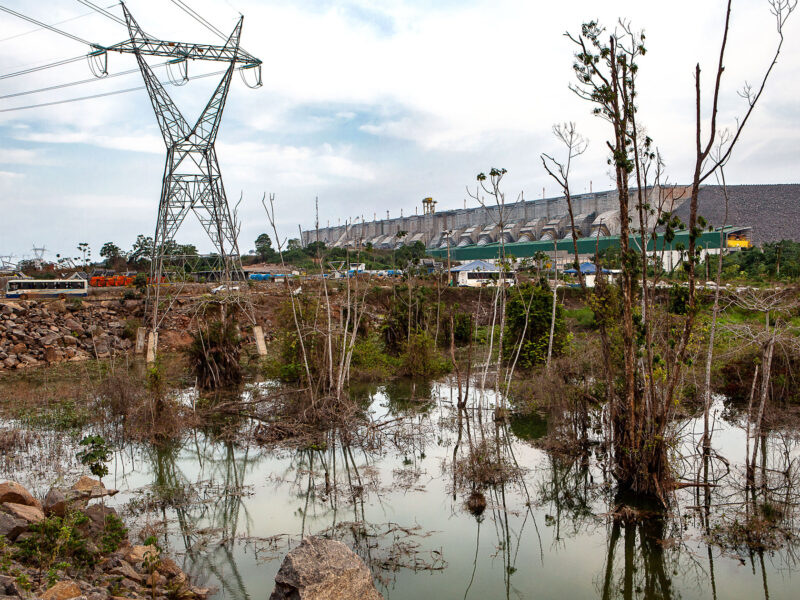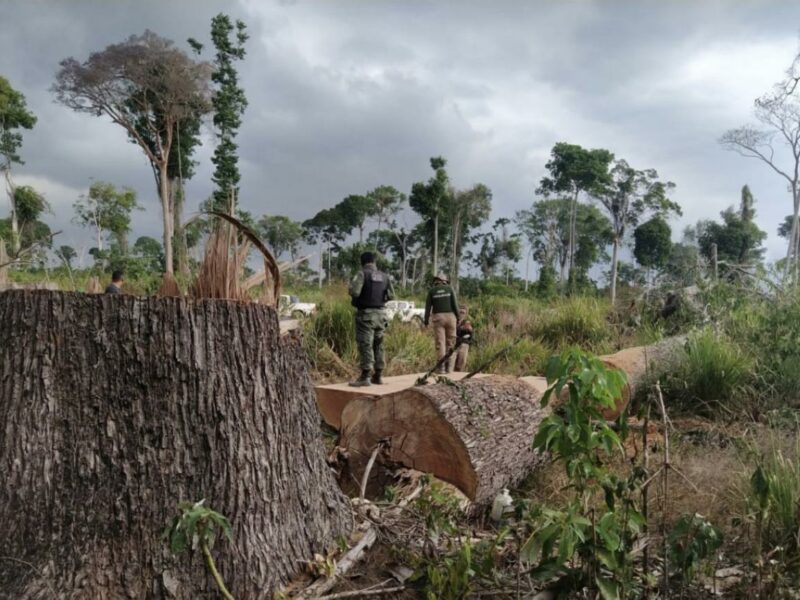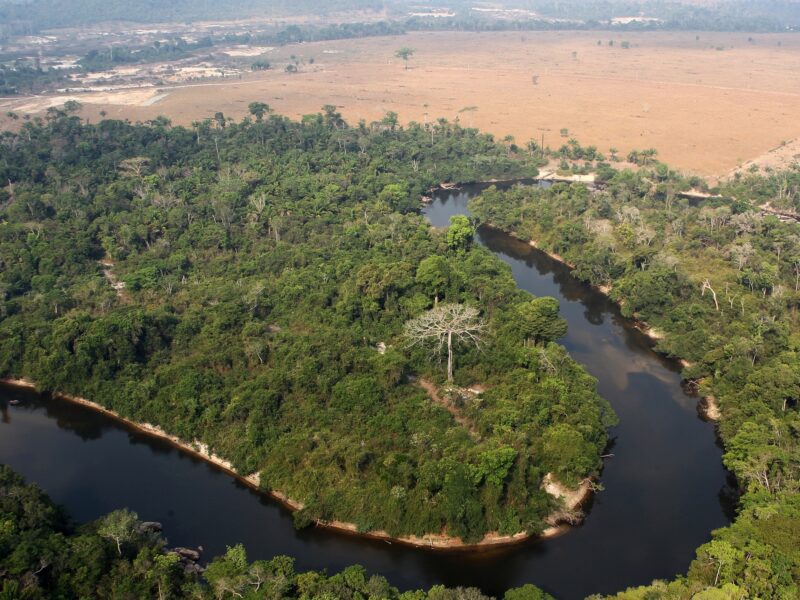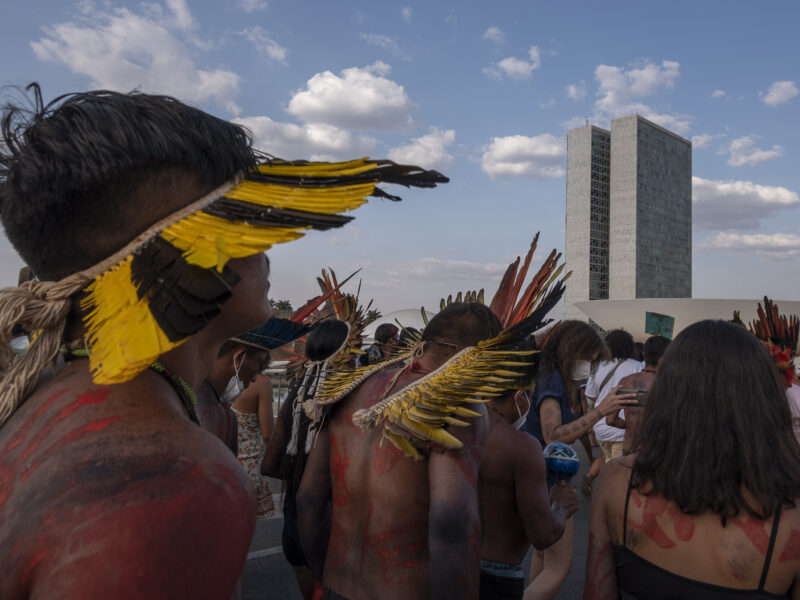The regional herd has grown by almost 1000% since the 1970s and today represents over 40% of the total national amount. Brazil signed a commitment to reduce 30% of its greenhouse gas emissions by the end of the decade and will have to review its cattle husbandry practice in forest areas.
Tag: PlenaMata
COP26: Nearly 500 million trees cut down in the Brazilian Amazon in 2021
Forestry dashboard presented at COP26 shows that 9 million trees were cut down since the beginning of the summit. The forest’s destruction interferes with the rainfall regime and increases greenhouse gas emissions.
Forest fires reached all indigenous lands with isolated peoples in the Amazon
An exclusive survey shows that, between July and September, the period that marks the dry season, fires in lands with the presence of isolated peoples accounted for more than 25% of fires in indigenous areas. The most serious cases occurred on the border with the Cerrado, in Mato Grosso, Pará, and Rondônia.
Chemical products and deforestation modify Amazon River water
A study reveals that activities such as mining, deforestation and agriculture have altered the ecosystems and biodiversity of the waters of 149 major rivers throughout the world, putting entire populations at risk.
Brazil has been the lead destroyer of the Amazon over the last 36 years
Analysis by Raisg and MapBiomas shows forest loss equivalent to Chile’s entire land area. Pará deforested twice as much as all other Amazonian countries combined. Mining was the fastest-growing activity since 1985.
Global Manifesto Calls for End of Investment in Hydroelectric Power Plants
The appeal signed by 300 organizations around the world addresses the COP26. According to the document, hydroelectric power plants increase greenhouse gas emissions and deplete natural resources. In the Amazon, Belo Monte deforested an area larger than the city of São Paulo. Works at 12 hydroelectric plants could lead to the deforestation of 9,500 km2 in the Tapajós river basin.
Most of the wood consumed in Brazil may come from illegal deforestation in the Amazon
A survey shows that failures in the control systems make it difficult to identify the origin of wood extracted from the Amazon, which increases the chances of criminal exploitation. Improving data transparency is essential to legalize production chains.
The deforestation of the largest continuous area of forest in the Amazon
In the municipality of Altamira, Pará, almost 6,500 hectares of public forests were cut down in 2020. One of the people responsible deforested 60% of this area and did not stop even after being fined by Ibama.
Fire follows deforestation in the Amazon
Studies by Brazilian scientists show that deforestation, not droughts, has been the main agent behind fires. Public policies and reinforcement of control agencies are solutions to stop the loss of native vegetation.
Ending the “Time Limit” Thesis Will Protect the Climate
Lawyer Luiz Eloy Terena, a Representative of the Coalition of Indigenous Peoples of Brazil (Apib) at the Brazilian Supreme Court hearing in question, comments on the importance of demarcating indigenous lands for the protection of the country’s natural resources. MapBiomas data shows that only 1.6% of Brazil’s deforestation occurred in Indigenous Lands over 36 years.


